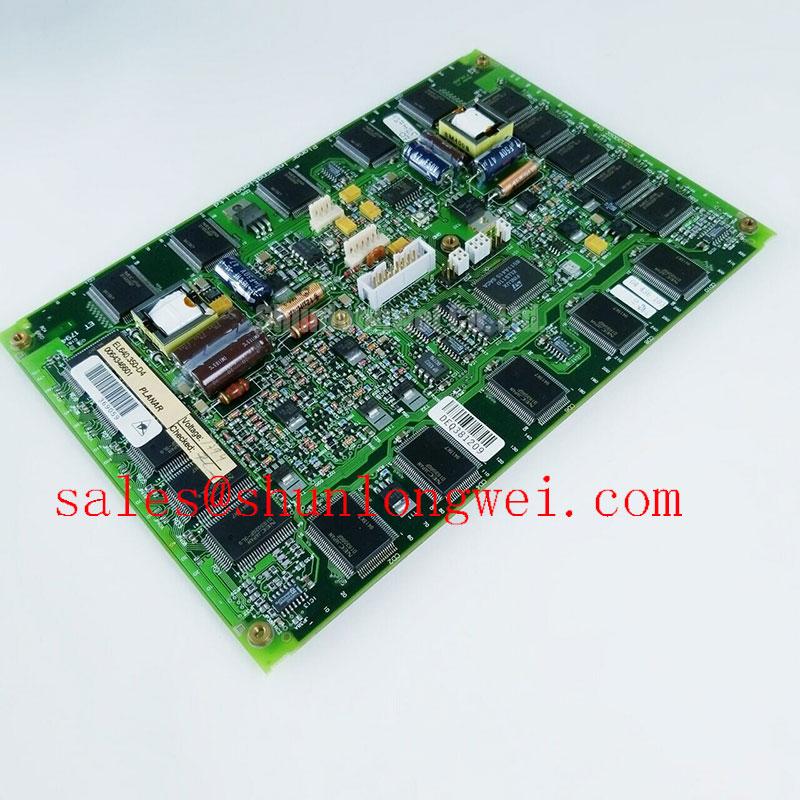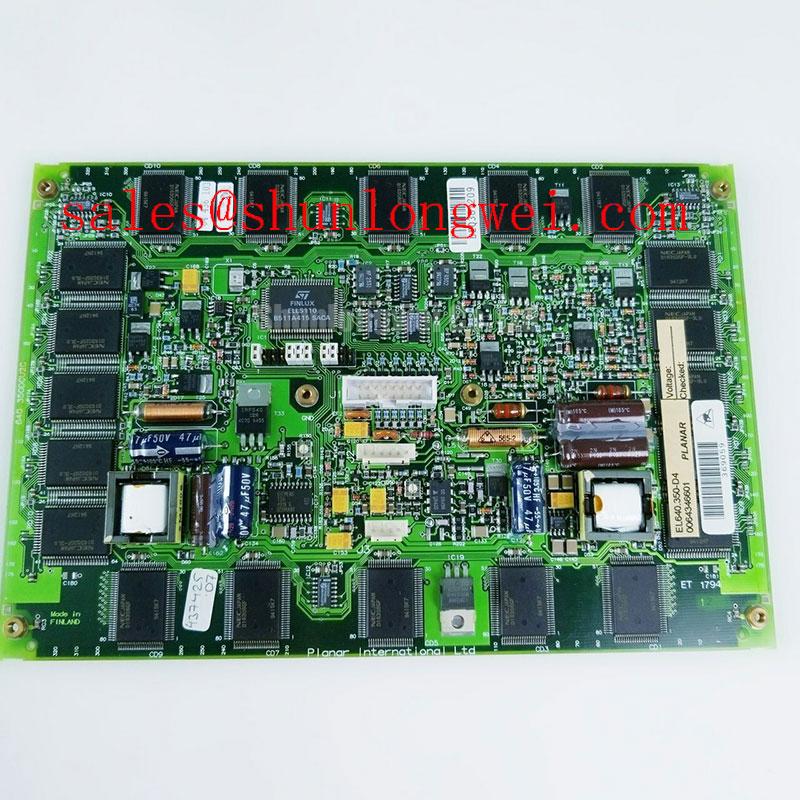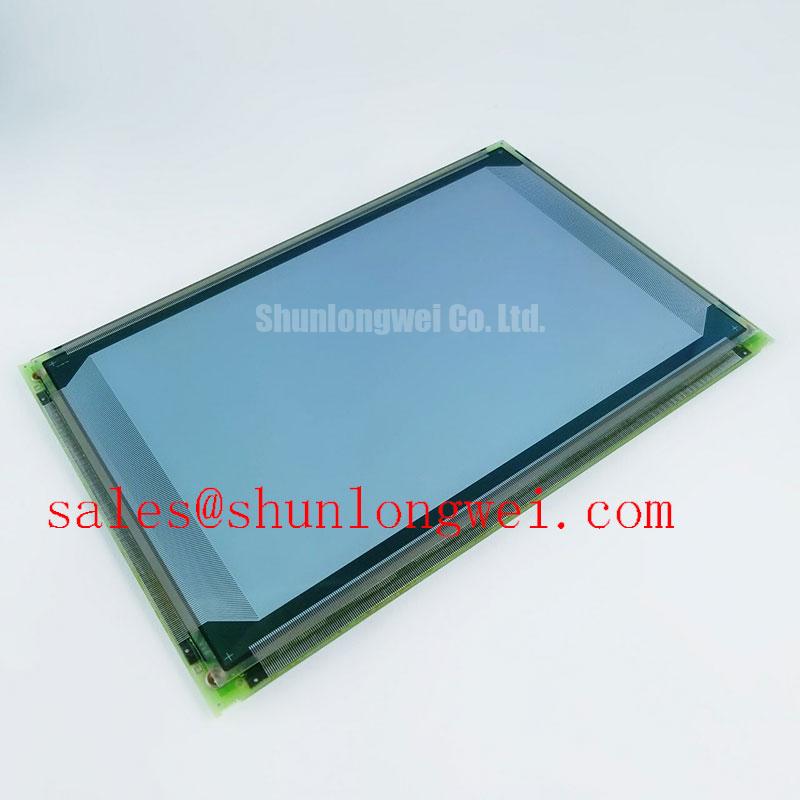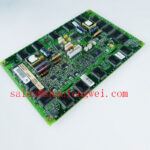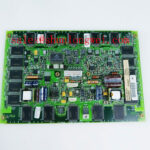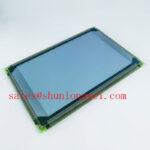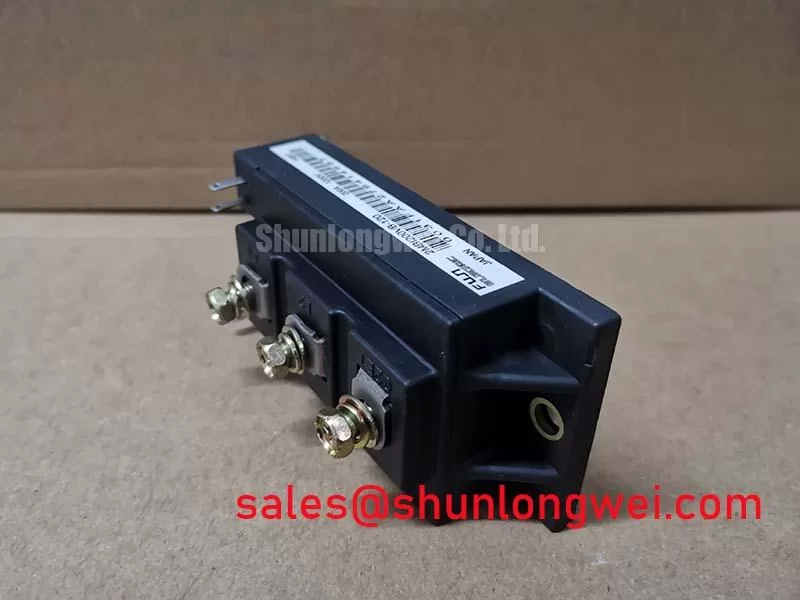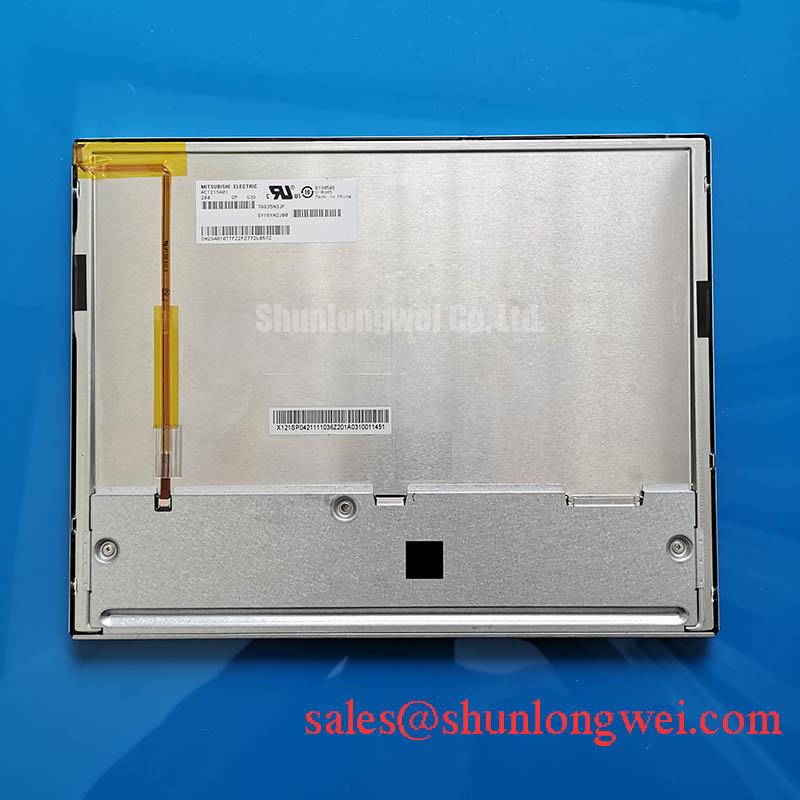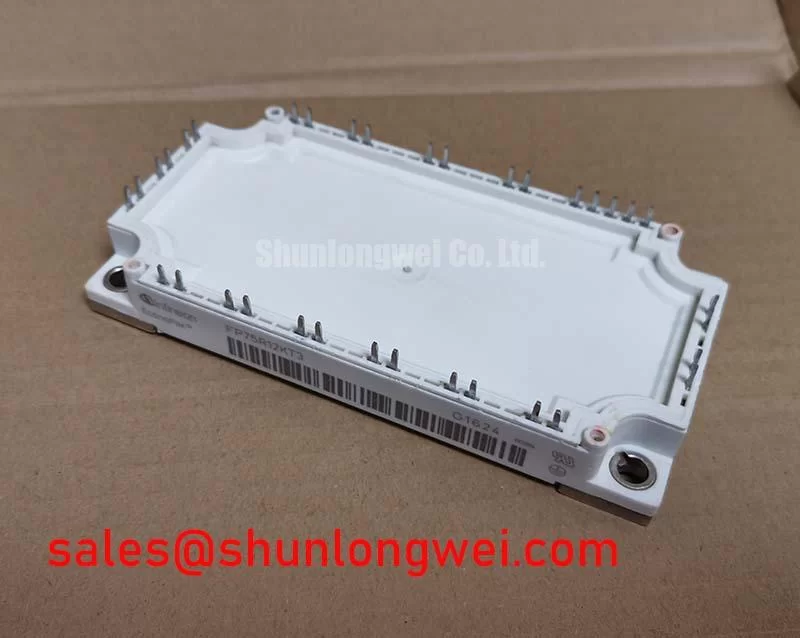EL640.350.D4: VGA Electroluminescent (TFEL) Display for Extreme Operating Environments
Engineered for Unfailing Performance Where Conventional Displays Cannot Survive
Content last revised on October 19, 2025.
The EL640.350.D4 is a ruggedized Thin Film Electroluminescent (TFEL) display, delivering mission-critical data visibility in applications subject to severe environmental and mechanical stress. Offering a wide operating temperature range of -40 to +85°C, a 640x350 VGA resolution, and a Mean Time Between Failures (MTBF) exceeding 100,000 hours, this display provides unparalleled durability. Its key benefits include extreme temperature resilience and exceptional shock and vibration immunity. The solid-state design ensures reliable performance in industrial, military, and transportation systems where standard LCDs would experience catastrophic failure. For applications demanding unwavering readability under extreme mechanical shock and broad temperature swings, this emissive display technology is the definitive choice.
Key Parameter Overview
Decoding the Specs for Environmental Resilience
The technical specifications of the EL640.350.D4 underscore its suitability for the most demanding industrial and defense applications. The parameters are not just numbers; they represent a design philosophy centered on long-term reliability and operational uptime in harsh conditions.
| Parameter | Value | Engineering Implication |
| Operating Temperature | -40°C to +85°C | Ensures consistent performance from arctic cold to desert heat without heaters or fans, simplifying system thermal design. |
| Shock Resistance | 100 g-force, half-sine, 6 ms | Guarantees operational survivability in high-impact environments like heavy machinery, transportation, and portable field equipment. |
| Vibration Resistance | 5 to 500 Hz @ 0.05 G²/Hz | Provides data integrity on platforms with constant, high-frequency vibrations, such as rail, aerospace, and industrial automation. |
| Resolution & Format | 640 x 350 (VGA, 1/350 duty) | Delivers clear, sharp presentation of critical data and legacy application interfaces with a 1.8:1 aspect ratio. |
| Response Time | < 1 ms | Instantaneous pixel response prevents motion blur in fast-updating data streams, crucial for real-time process control. |
| MTBF | > 100,000 hours | Translates to over a decade of continuous operation, minimizing total cost of ownership through reduced maintenance and replacement cycles. |
Download the EL640.350.D4 datasheet for detailed specifications and performance curves.
Application Scenarios & Value
System-Level Benefits in High-Stress Instrumentation and Control
The EL640.350.D4 is purpose-built for Human-Machine Interfaces (HMIs) and instrumentation where failure is not an option. Its core value lies in delivering data integrity when exposed to conditions that would instantly compromise or destroy a liquid crystal display. What is the primary benefit of its solid-state design? It provides inherent immunity to the physical stresses that cause failures in liquid-based displays.
A high-fidelity engineering scenario is its deployment in the operator cab of a mining haul truck or excavator. These environments are characterized by constant, high-amplitude vibration and extreme temperature shifts. An engineer's challenge here is ensuring the display remains readable and operational despite severe mechanical shock from rough terrain and engine vibration. The EL640.350.D4's 100 G shock rating directly addresses this challenge, preventing screen flicker, dead pixels, or delamination common in ruggedized LCDs under such stress. Its emissive technology also provides a very wide viewing angle, critical for operators who may be viewing the screen from off-axis positions. This focus on engineering for extremes makes it an ideal fit for sectors including:
- Defense & Aerospace (Avionics, Ground Vehicles)
- Industrial Automation & Process Control (Foundries, Steel Mills)
- Transportation (Railway, Marine Bridge Systems)
- Oil & Gas Exploration (Field Instrumentation)
While this TFEL model provides ultimate durability, for less demanding industrial environments where a wide temperature range is still valued, a robust TFT-LCD like the G084SN05 V9 can be a suitable alternative for consideration.
Frequently Asked Questions
How does the -40°C to +85°C operating range impact system design compared to an industrial LCD?This extensive range often eliminates the need for external heating and cooling components (heaters, fans, TECs) that are mandatory for LCDs to operate at these temperature extremes. This simplifies the mechanical and electrical design, reduces power consumption, lowers the overall bill of materials (BOM), and removes potential points of failure associated with thermal management hardware.
What does a response time of less than 1 ms mean in a practical application?A sub-1ms response time means that pixels change state virtually instantaneously. In an application like a process control panel displaying rapidly changing pressure or flow data, this prevents any ghosting or blurring of the image. The data presented is always crisp and immediate, which is critical for operator accuracy and timely decision-making. Think of it like the difference between a crisp digital stopwatch and an older analog one with a sweeping hand—the digital display's immediacy removes ambiguity.
What is the key advantage of emissive TFEL technology over a backlit LCD in high-vibration environments?TFEL is a solid-state, self-emitting technology. The light-producing layers are inorganic thin films deposited on a solid glass substrate. There are no liquid crystals, alignment layers, or complex backlight assemblies with multiple sheets and light pipes. This monolithic, solid structure is inherently robust. In contrast, a backlit LCD is a complex sandwich of layers that can shift or delaminate under constant vibration, leading to mura, light leakage, or outright failure. TFEL's structural simplicity is its greatest asset against mechanical stress.
From an Engineer's Perspective
When evaluating a display for a truly harsh-environment system, the selection criteria shift from conventional metrics like color gamut or resolution to fundamental questions of survivability and long-term reliability. The EL640.350.D4 is a component chosen not for its aesthetic appeal, but for its predictable, unwavering performance under conditions that represent a worst-case scenario for most electronics. It provides a level of design assurance that allows system architects to focus on their core application logic, confident that the human-machine interface will not be the system's weak point. This is a display engineered for uptime and a low total cost of ownership in the world's most demanding workplaces.

